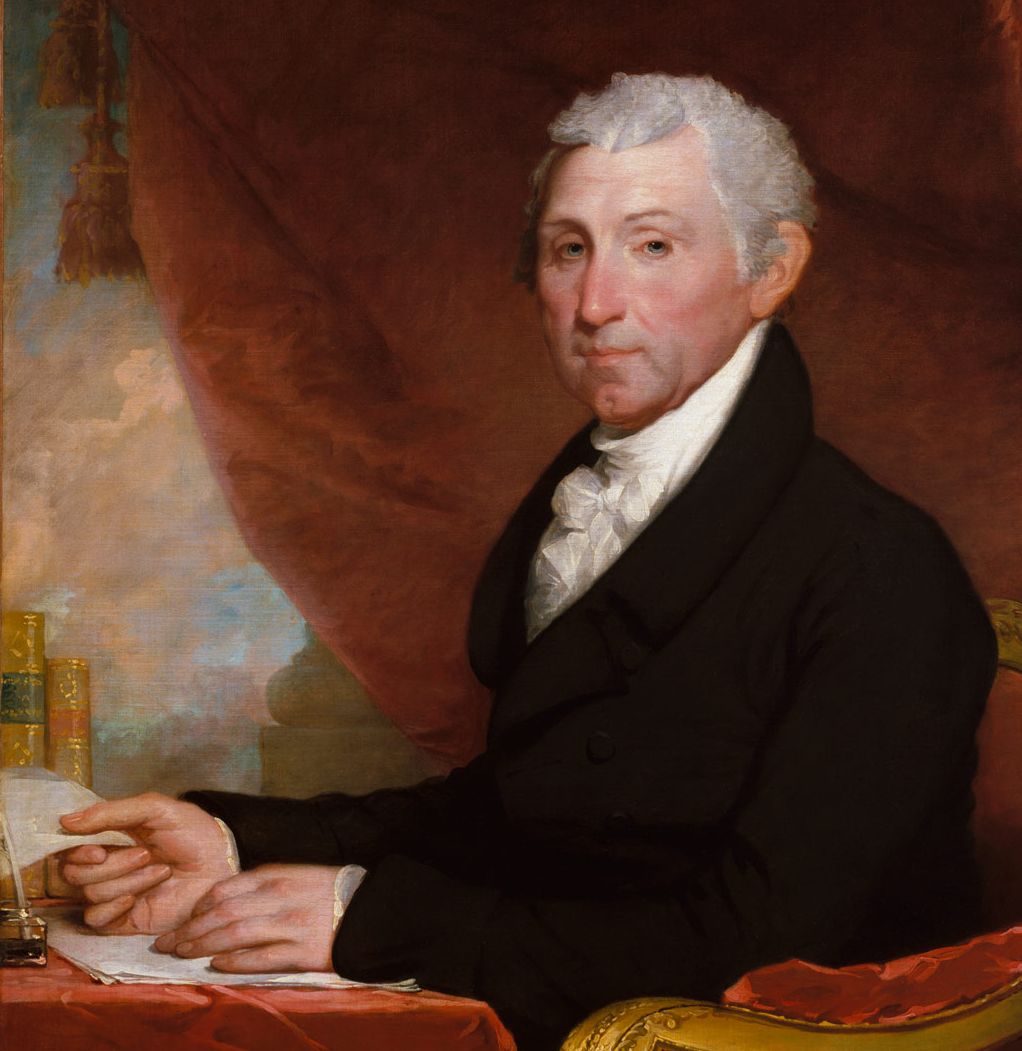Authors:
Historic Era: Era 3: Revolution and the New Nation (1754-1820s)
Historic Theme:
Subject:
February/March 2021 | Volume 66, Issue 2


Authors:
Historic Era: Era 3: Revolution and the New Nation (1754-1820s)
Historic Theme:
Subject:
February/March 2021 | Volume 66, Issue 2
The White House and its furnishings had been destroyed by British troops in 1814. To accompany the building’s restoration, Congress appropriated $20,000 for furnishings shortly before James Monroe’s inauguration in 1817.
Because the furnishings would take time to secure, the new president suggested that he sell to the government on the basis of two expert appraisals his own collection of furniture, purchased earlier in France and intended for private sale. He did not request immediate compensation, agreeing instead to await further congressional appropriations; should they not be voted, Monroe would reclaim the furniture and bear the costs of wear and tear.

This agreement was readily accepted by William Lee, auditor of the Treasury, and Samuel Lane, commissioner of public buildings, two friends whom Monroe had appointed to manage the Furniture Fund. Lane also, in effect, became a member of the White House staff and manager of Monroe’s personal accounts.
Contrary to his initial disposition, Monroe quickly borrowed against his furniture $6000, probably to finance his celebrated 1817 northern tour — such semi-official trips at the time not being underwritten by the government — which he had expected to underwrite from the private sale of his furniture. The loan bore no interest, but was considered an advance against congressional appropriations. Monroe repaid the loan from personal funds in late 1817. But he had — if only briefly — put public funds to use for private ends.
Congress made new appropriations to the Furniture Fund in 1818 to make up deficiencies and provide additional sums. This time Monroe decided not to sell his furniture to the government but sought and received another advance, this time for about $9,000 (the value of the appraisal), to be returned when the new furniture arrived from abroad.
Monroe later explained that he did this wishing to protect his estate against his untimely death. He again used the advance for presidential travel. By 1821, he agreed to transform the advance from government moneys into an outright but provisional payment for his goods and to leave his furniture in public possession. He still intended, however, to seek approval of his actions from Congress and, if thwarted, to reclaim the furnishings and repay the government.
None of this would have come